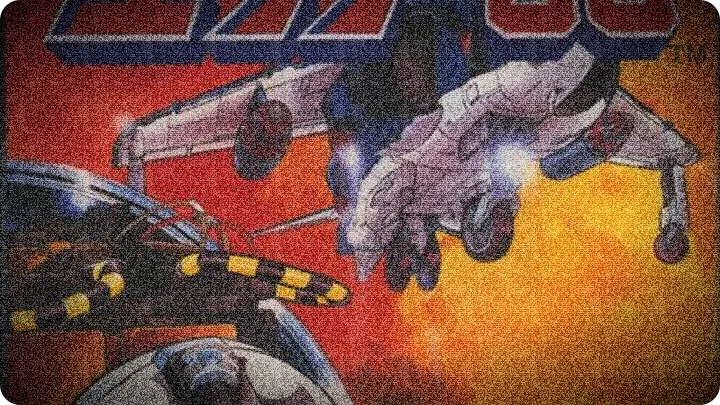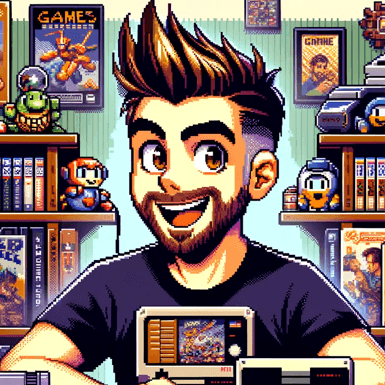 Quick fun fact before we throttle up — Capcom licensed the Area 88 manga to make this; it’s one of the slicker anime-to-console translations I’ve seen so far. They took that arcade sensibility they built with earlier shooters and tried to make a console-friendly, mission-based pilot sim out of it. Feels like Capcom bringing the arcade hangover home to the Super Nintendo.
Quick fun fact before we throttle up — Capcom licensed the Area 88 manga to make this; it’s one of the slicker anime-to-console translations I’ve seen so far. They took that arcade sensibility they built with earlier shooters and tried to make a console-friendly, mission-based pilot sim out of it. Feels like Capcom bringing the arcade hangover home to the Super Nintendo.
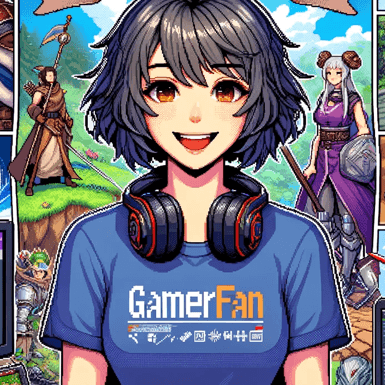 Nice. Alright, engine on. I’m piloting Shin Kazama for now — he repairs damage a little better, so I’m hoping that helps on these swarm stages. The F8E Crusader looks fragile, but the feel is good: tight controls, responsive, and the sprite work really channels that anime aesthetic.
Nice. Alright, engine on. I’m piloting Shin Kazama for now — he repairs damage a little better, so I’m hoping that helps on these swarm stages. The F8E Crusader looks fragile, but the feel is good: tight controls, responsive, and the sprite work really channels that anime aesthetic.
 I picked Micky to get the weapon handling advantage. Immediately, you can tell this is a side-scroller borrowing the best ideas from Gradius and R-Type — long, sprawling enemy formations, heavy mid-air traffic, and a handful of screen-filling bosses. But unlike pure arcade loops, U.N. Squadron tacks on mission structure and money so you actually consider which plane you’ll buy next. That economy changes the pace.
I picked Micky to get the weapon handling advantage. Immediately, you can tell this is a side-scroller borrowing the best ideas from Gradius and R-Type — long, sprawling enemy formations, heavy mid-air traffic, and a handful of screen-filling bosses. But unlike pure arcade loops, U.N. Squadron tacks on mission structure and money so you actually consider which plane you’ll buy next. That economy changes the pace.
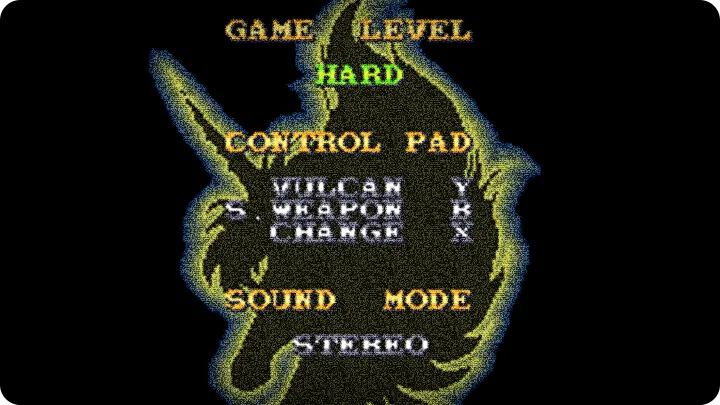
 Right now we’re over the sand base mission. The enemies come in predictable waves if you learn their patterns, but the sheer number makes the screen feel hectic. I love that the game forces you to choose — do we spend cash on a more resilient airframe or save for a superior weapon like napalm? The napalm cuts through ground targets and clusters beautifully.
Right now we’re over the sand base mission. The enemies come in predictable waves if you learn their patterns, but the sheer number makes the screen feel hectic. I love that the game forces you to choose — do we spend cash on a more resilient airframe or save for a superior weapon like napalm? The napalm cuts through ground targets and clusters beautifully.
 The mission variety is a highlight. We hit sand bases, then a level with swarming bandits, and the submarine mission — the Seavet — is looming. Each environment brings different hazards, and allied ground pieces occasionally call in support, which is a nice touch. The animation of the enemies and explosions still holds up; Capcom’s sprite work is very clean on this hardware.
The mission variety is a highlight. We hit sand bases, then a level with swarming bandits, and the submarine mission — the Seavet — is looming. Each environment brings different hazards, and allied ground pieces occasionally call in support, which is a nice touch. The animation of the enemies and explosions still holds up; Capcom’s sprite work is very clean on this hardware.
 Hot tip coming from me: conserve money in early missions. Don’t waste it on incremental repairs unless you absolutely need them — a better plane changes how you fly. Also, pick your pilot to match your playstyle. If you like reckless offense, Micky’s your pick; if you want a balanced run, Shin. Greg repairs quickly but his handling is heavier.
Hot tip coming from me: conserve money in early missions. Don’t waste it on incremental repairs unless you absolutely need them — a better plane changes how you fly. Also, pick your pilot to match your playstyle. If you like reckless offense, Micky’s your pick; if you want a balanced run, Shin. Greg repairs quickly but his handling is heavier.
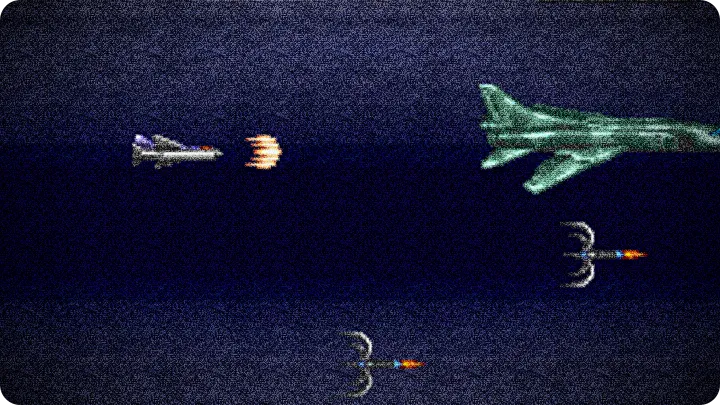
- Hot Tip: Spend cash on aircraft with better handling before maxing weapons — mobility saves lives.
- Hot Tip: Use special weapons (napalm, missiles) on clusters and ground columns — they’re worth the price in carnage.
- Hot Tip: Learn boss patterns; most bosses have a short “safe window” after a big attack where you can close in for damage.
 I have to be candid: while the controls and mission ideas are strong, the difficulty spikes are harsh. One minute you’re cruising, the next a sky-lattice of gunfire cuts you to pieces. Checkpoint placement can sting — and continues feel limited. That’s the trade-off: it demands mastery and can punish you for experimenting mid-mission.
I have to be candid: while the controls and mission ideas are strong, the difficulty spikes are harsh. One minute you’re cruising, the next a sky-lattice of gunfire cuts you to pieces. Checkpoint placement can sting — and continues feel limited. That’s the trade-off: it demands mastery and can punish you for experimenting mid-mission.
 Agreed. There are moments where the repetition creeps in, too. You see similar enemy formations across missions and it becomes rinse-and-repeat once you’ve memorized patterns. Still, when everything clicks — weapon choice, pilot, and timing — it’s incredibly satisfying. The napalm turning a ground stage into a line of burning wreckage is a small, almost cinematic joy.
Agreed. There are moments where the repetition creeps in, too. You see similar enemy formations across missions and it becomes rinse-and-repeat once you’ve memorized patterns. Still, when everything clicks — weapon choice, pilot, and timing — it’s incredibly satisfying. The napalm turning a ground stage into a line of burning wreckage is a small, almost cinematic joy.
 Speaking of cinematic: the final sequence — the Seavet and whatever escorts it throws out — is memorable in a sweaty-palms way. The Seavet isn’t just a big health bar; it has phases. First it sends out torpedo spreads and sub-launch drones that hang like thorns. Then it opens vents and ejects bomb patterns that force you to weave low. The last phase is a barrage of homing drones while the sub rotates to aim a death-ray pattern. It’s the kind of final boss that makes you respect everything you’ve learned in the campaign.
Speaking of cinematic: the final sequence — the Seavet and whatever escorts it throws out — is memorable in a sweaty-palms way. The Seavet isn’t just a big health bar; it has phases. First it sends out torpedo spreads and sub-launch drones that hang like thorns. Then it opens vents and ejects bomb patterns that force you to weave low. The last phase is a barrage of homing drones while the sub rotates to aim a death-ray pattern. It’s the kind of final boss that makes you respect everything you’ve learned in the campaign.
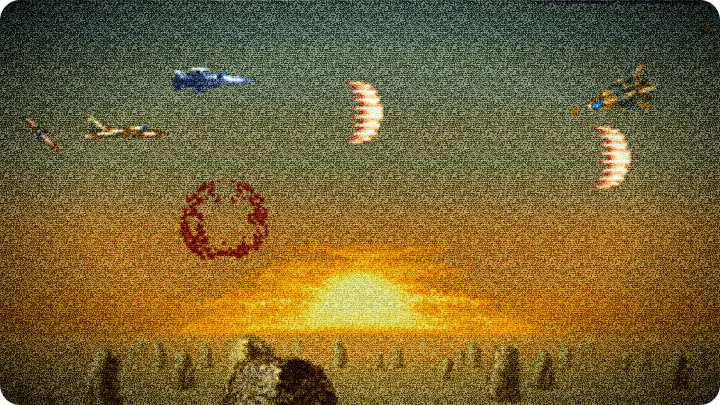
 I remember the first time I got to the final phase: my hands were shaking on the controller, trying to thread through bullets. We got hit, fell back to little more than a sliver of health, and then that cameo moment where allied fighters swooped in — complete anime cheese but it felt earned. We punched the Seavet’s core with a Napalm+Missile combo and the explosion splash filled half the screen. Glorious chaos.
I remember the first time I got to the final phase: my hands were shaking on the controller, trying to thread through bullets. We got hit, fell back to little more than a sliver of health, and then that cameo moment where allied fighters swooped in — complete anime cheese but it felt earned. We punched the Seavet’s core with a Napalm+Missile combo and the explosion splash filled half the screen. Glorious chaos.
 Memorable moment for me was when we bought an F-14 equivalent and I realized how different the game felt with more agility and firepower. Suddenly those earlier “impossible” waves were manageable. It rewards investment in your loadout more than many shooters of this era. That said, the longevity suffers when you find the best plane and burn through missions — the endgame can feel shorter on repeat plays.
Memorable moment for me was when we bought an F-14 equivalent and I realized how different the game felt with more agility and firepower. Suddenly those earlier “impossible” waves were manageable. It rewards investment in your loadout more than many shooters of this era. That said, the longevity suffers when you find the best plane and burn through missions — the endgame can feel shorter on repeat plays.
 To summarize without being fluffy: this is a confident shooter with excellent presentation and a smart economy layer. It has bumpy difficulty spikes and can be repetitive, but the pilot selection, plane progression, and tough bosses give it a longevity edge if you enjoy mastery. We’re playing this right now and it’s fun, sometimes brutal, and often very stylish.
To summarize without being fluffy: this is a confident shooter with excellent presentation and a smart economy layer. It has bumpy difficulty spikes and can be repetitive, but the pilot selection, plane progression, and tough bosses give it a longevity edge if you enjoy mastery. We’re playing this right now and it’s fun, sometimes brutal, and often very stylish.
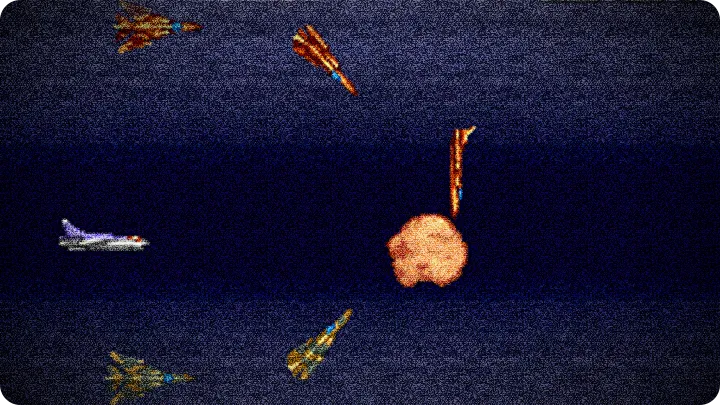
 Final candid thought — if you like shooters that reward planning and punishes sloppy flying, this sits comfortably in the “keep playing until you perfect it” category. It’s not flawless, but it’s packed with moments that make you grin and curse at the same time. Pass the extra lives?
Final candid thought — if you like shooters that reward planning and punishes sloppy flying, this sits comfortably in the “keep playing until you perfect it” category. It’s not flawless, but it’s packed with moments that make you grin and curse at the same time. Pass the extra lives?
 Already grabbing them. Let’s see if we can get a cleaner run on Seavet this time.
Already grabbing them. Let’s see if we can get a cleaner run on Seavet this time.
more info and data about U.N. Squadron provided by mobyGames.com

